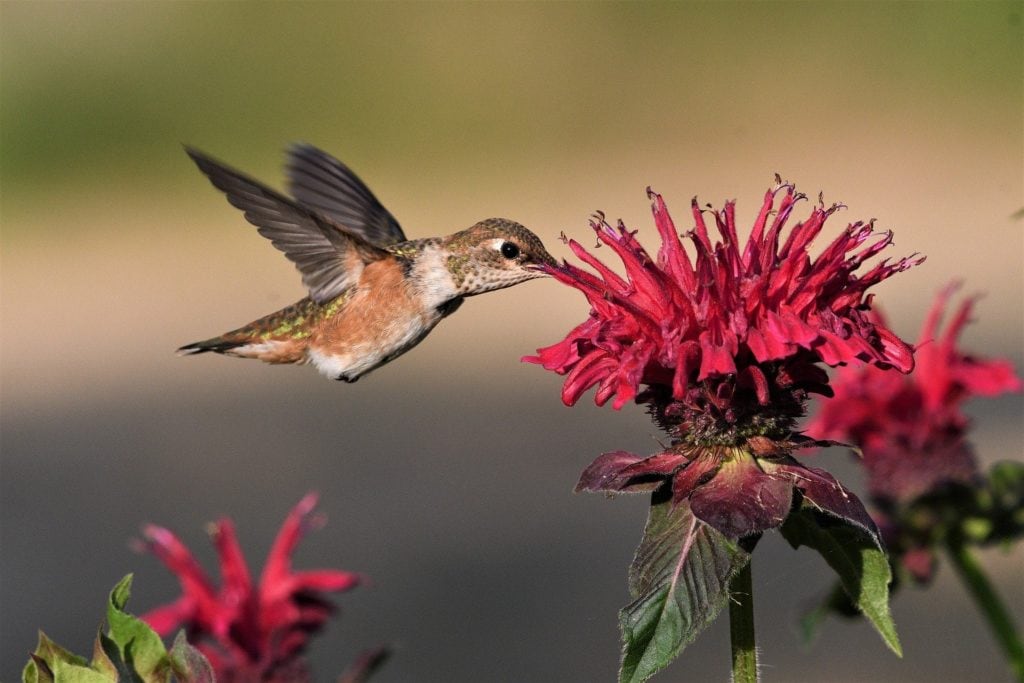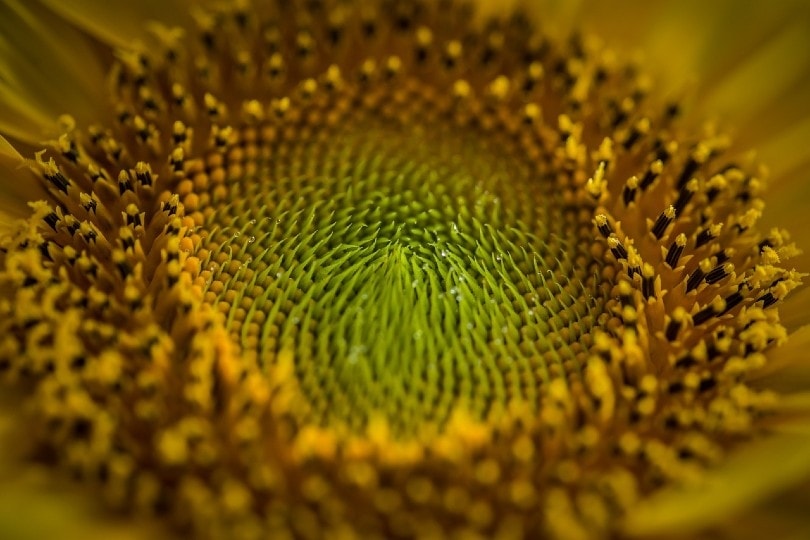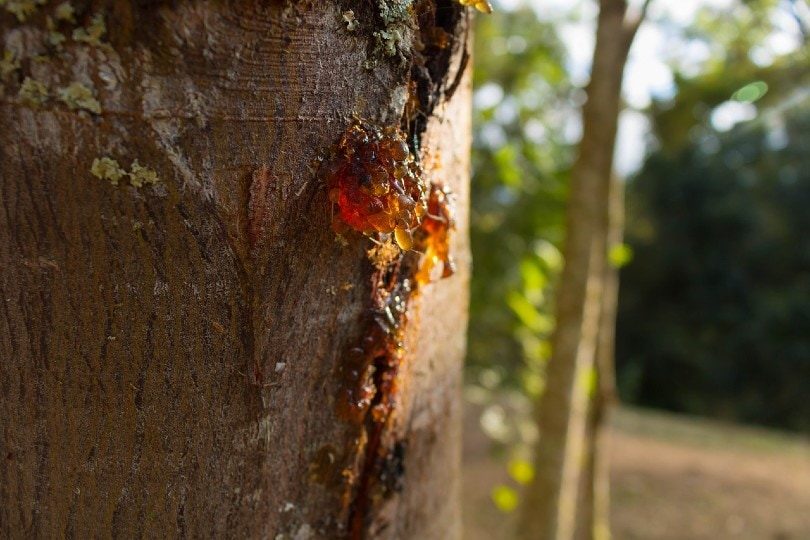What Do Hummingbirds Eat? What You Need To Know!
Last Updated on

Hummingbirds are ravenous eaters. In fact, due to their high metabolism, they will take half of their body weight every day. Hummingbirds feed on various food, such as nectar, pollen, ripe fruits, tree sap, tiny insects, and even grit to help digestion.
As you may know, hummingbirds love sweet nectar. It provides them with the energy they require for their daily activities and the necessary liquid. However, there are many other things that a hummingbird will eat as part of their balanced diet.

Hummingbird Nectar
The nectar in your bird feeders can be an excellent food source for hummingbirds because it gives them a quick source of energy. In addition, the water in the nectar helps in their hydration.
Typically, hummingbirds don’t drink from other water sources. That is because they get all the water they require from the nectar.
Although the nectar in your feeders is enough for a hummingbird’s diet, they also enjoy the nectar from various flowers. A hummingbird can visit 1,000 to 2,000 flowers in only a single day.
Nevertheless, hummingbird food must contain various nutrients for the birds to remain healthy. Nutrients such as vitamins, proteins, minerals, and amino acids are essential for hummingbird growth. Due to their high-energy requirements, hummingbirds must continuously look for and get reliable food sources to survive.
So, what else do hummingbirds eat?
Here are five more favorite foods for hummingbirds.
1. Small Insects

Hummingbirds love to feed on tiny insects such as larvae, spiders, and insect eggs to get sufficient protein in their diet. In addition, these insects provide essential minerals and fats that the birds will not obtain from just ingesting nectar.
These birds intelligently hunt for insects on flowers, from foliage, or under loose bark. Hummingbirds will even break into a spider’s web, and you can often see them plucking flying insects from the air.
Typically, an adult hummingbird will eat a few dozen insects in a day. However, this increases if a bird is feeding its young ones or when it is migrating.
Surprisingly, hummingbirds cannot eat mealworms from a feeder. So, it is good to encourage natural insects in your backyard so the birds will get a great feast when they come to visit.
2. Pollen

Although hummingbirds don’t eat pollen naturally, they do ingest it when they suck nectar from flowers. That can give the hummers some additional protein in their diet. But the birds only digest about 10% of the pollen that they typically consume.
3. Tree Sap

If there is no other nectar source available, the sap from trees can act as a source of food for hummingbirds to consume. Although this sap is not that sweet, it still gives the hummingbirds sufficient energy to survive the day.
You will also find hummingbirds feeding on the sap that has dripped down the truck and hardened. This sap may remain sticky for quite some time, and insects will get stuck in it. That creates easy pickings for hummers.
4. Ripe Fruits

Hummingbirds like anything sweet, so you will often find them drinking the juice from soft, ripe fruit.
When you place ripe fruits outside your backyard, they will attract insects. That is a great and easy food source for hummers. The fruits are even better if they are red. It is well known that hummingbirds are highly attracted to the red color.
5. Grit in the Sand or Ash Form

Hummingbirds use a small amount of grit to digest the insects that they consume. Typically, they prefer fine ash or sand or fine gravel. Besides, the sand also supplies the birds with some other minerals that are essential for their diet.
To help the hummingbirds visiting your backyard, consider placing a small basin full of some grit near your feeders. That will also help other birds too.

How to Attract Hummingbirds (6 Ways)
Here is what you need to do to ensure that the little birds visiting your backyard acquire a healthy balanced diet.
1. Ensure Your Bird Feeders are Full
Fill your feeders with sweet nectar to content the energy requirements of your adorable visitors. You can either use a commercial mixture or make your own.
If you opt to make your own sugar, a ratio of one part sugar and four parts water is ideal. That nearly resembles the natural nectar that hummingbirds get from flowers.
However, you may be required to change this ratio to one part sugar to three parts water during hummers migration. That will give these birds additional energy for the long journey ahead.
In addition, make sure to clean the feeders regularly so the nectar does not fill with insects. That may allow the bacteria to grow, which is dangerous for these little creatures and can even cause death.
If you are using commercially manufactured nectar, make sure it is free from artificial colors or dyes. These fillers are also toxic for the birds.
Avoid using honey, molasses, fruit juice, or artificial sweaters in your feeders. These will not provide the necessary nutrients and may even be toxic to the hummingbirds since they contain additional chemicals.
In addition, it is good to place your hummingbird feeders away from other bird feeders. That will ensure that your hummingbirds eat in peace without worrying about other larger birds.
Consider using a few different feeders placed all over your backyard. That will help you accommodate more birds that may have individual feeding preferences.

2. Plant a Variety of Nectar-Producing Flowers
When you fill your backyard with nectar-producing flowers, you will attract the hummingbirds and the insects they love to feed on.
Look for red, tubular flowers as these will attract a lot of birds to your backyard. Popular species include Zinnia, Lobelia cardinalis (cardinal flower), Columbines, and Buddleia davidii (butterfly bush).
3. Avoid Using Insecticides in Your Backyard
Allow the hummers to offer insect control in your yard.
Do not be tempted to eliminate spider webs. These will attract and trap insects that the hummingbirds will gladly feed on. However, keep in mind that large spider webs may trap hummingbirds and become food for the spiders. So, be watchful and check on these regularly.
4. Consider Hanging a Few Ripe Fruits Near to Your Feeders
Hanging ripe fruits such as blood orange or watermelon near your feeders will attract more hummingbirds. That will allow them to enjoy the juice as they also feed on insects attracted to it.

5. Attract Woodpeckers to Your Backyard
Keep in mind that hummingbirds will feed on the trees’ sap if other food sources are scarce or unavailable. However, they need the woodpeckers to drill the holes first. So, if you have woodpeckers in your backyard, the hummingbirds will have access to this additional food source when they require it.
6. Place a Tiny Dish of Grit Near Your Feeder
Little grit is essential for a hummingbird’s diet. So, having a few near your feeders will provide the birds with all that they require.
Related Read: Do Hummingbirds Mate for Life?

Conclusion
Nothing is interesting like watching hummingbirds dancing around your feeders or hovering from flower to flower as they freshen their energy.
Getting plenty of food sources for them is the perfect way to attract more birds into your backyard. Therefore, avoid using insecticides and grow various nectar-producing flowers to ensure these adorable visitors will keep returning a thousand times.
You will not only get to enjoy their antics, but you will also be helping to keep them strengthened for their long migratory journeys.
Featured Image Credit: Veronika_Andrews, Pixabay
Table of Contents
About the Author Robert Sparks
Robert’s obsession with all things optical started early in life, when his optician father would bring home prototypes for Robert to play with. Nowadays, Robert is dedicated to helping others find the right optics for their needs. His hobbies include astronomy, astrophysics, and model building. Originally from Newark, NJ, he resides in Santa Fe, New Mexico, where the nighttime skies are filled with glittering stars.
Related Articles:
What Is the Best Binocular Magnification for Hunting? Optical Features Explained
Can You Use Binoculars to Look At Stars? How to Choose the Right Pair
How to Clean a Refractor Telescope: Step-by-Step Guide
How to Clean a Telescope Eyepiece: Step-by-Step Guide
How to Clean a Rifle Scope: 8 Expert Tips
Monocular vs Telescope: Differences Explained (With Pictures)
What Is a Monocular Used For? 8 Common Functions
How to Clean a Telescope Mirror: 8 Expert Tips
